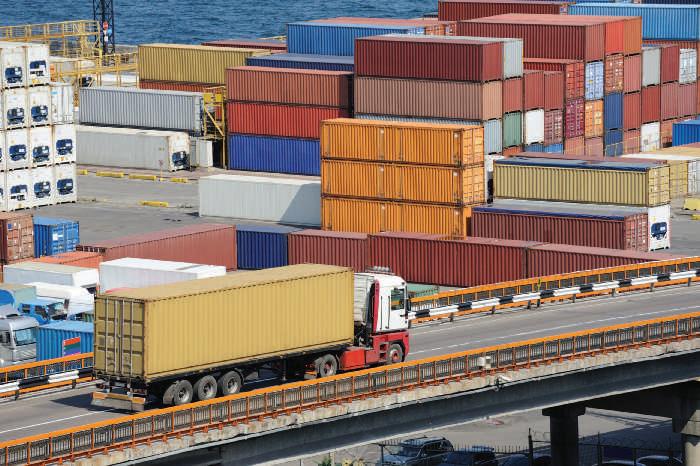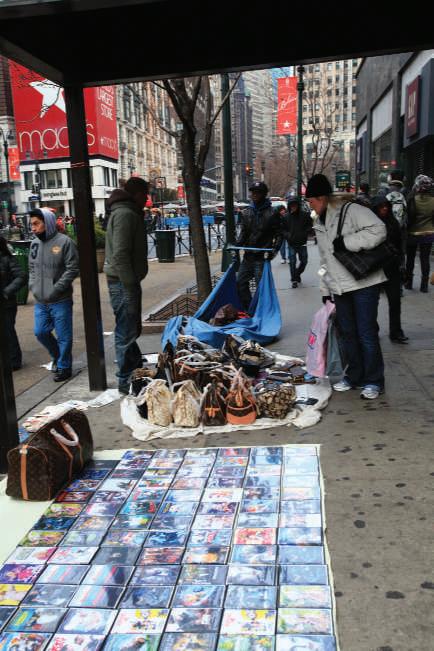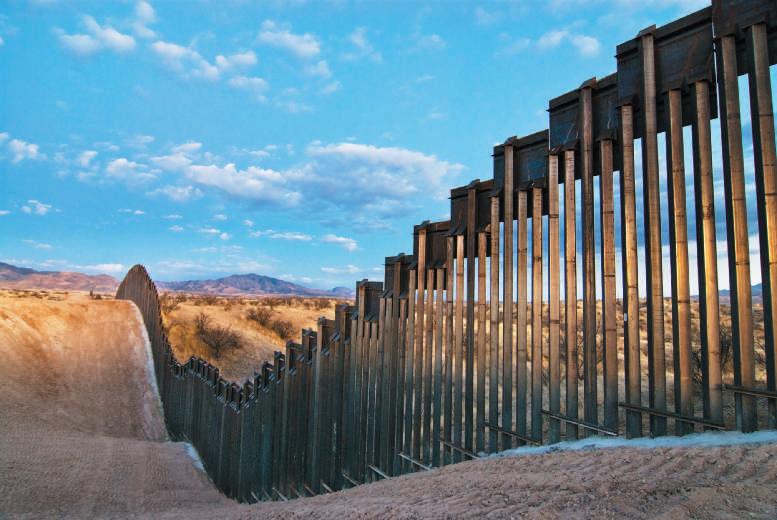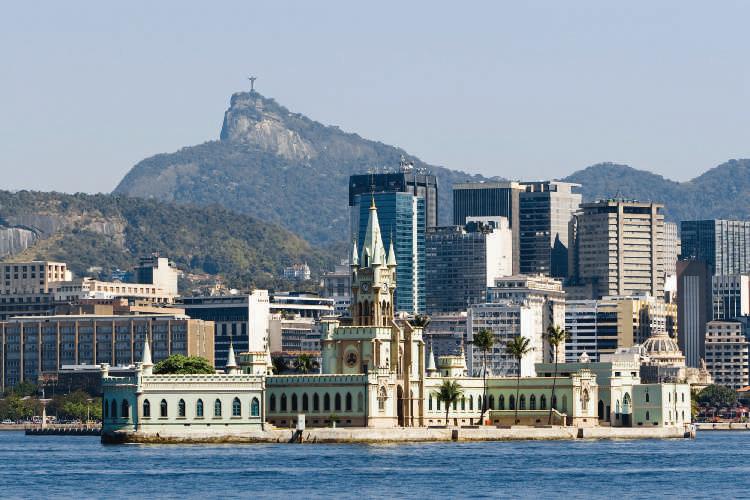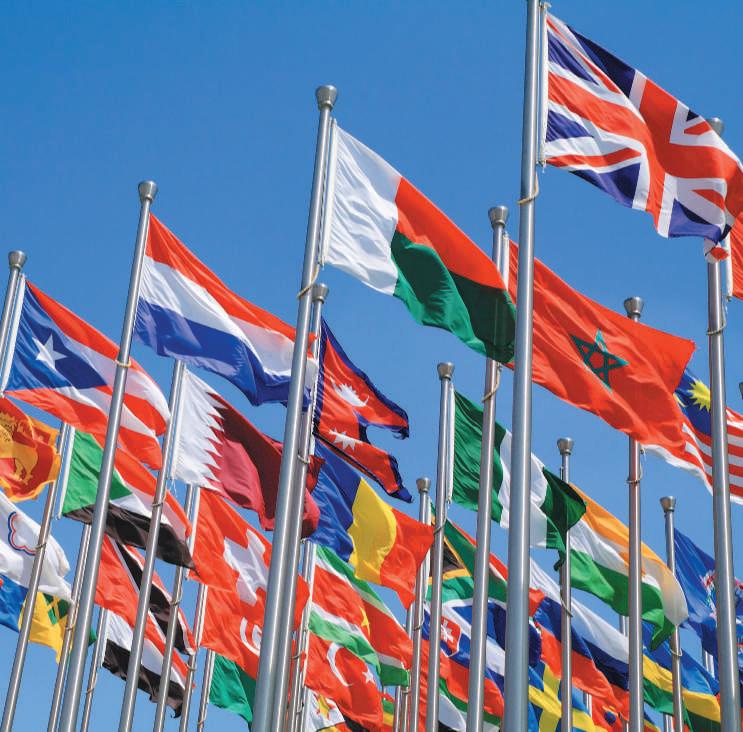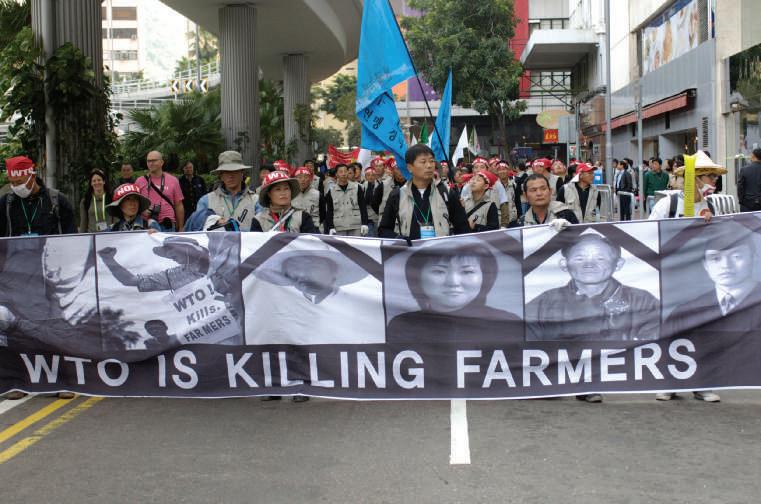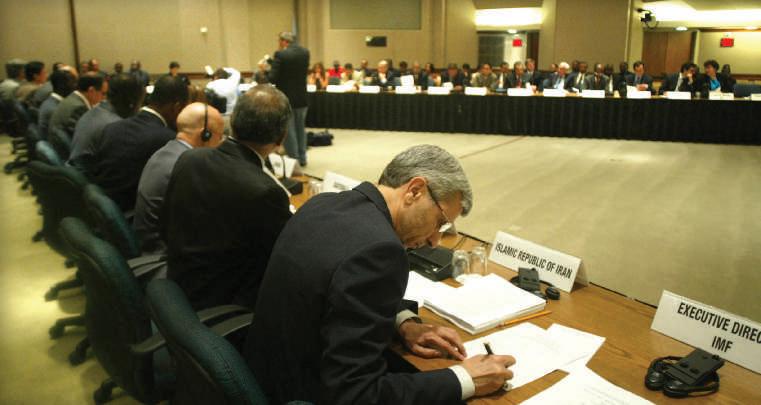103
David R. Frazier Photolibrary, Inc./Alamy
I n t e r n a t io n a l F lo w s of Good s a n d C a p i t a l
Pharmaceuticals Trade in Global Markets.
the bike at a competitive price. According to the law of one price, identical goods should sell for the same price in different countries according to the local currencies. Suppose one is located in the United States and could purchase a bike for $150 in the United States, but it sells for €100 in Europe. If the exchange rate were $1.40 per euro, then the cost of the bike in Europe, in dollars, would be $140 (i.e., €100 3 $1.40/€). This comparison shows that it is cheaper to purchase the bike from the European supplier. Because it is likely that shipping costs would be higher from Europe to the United States than within the United States, the $10 difference in price may be attributable to shipping costs. If the law of one price holds, this comparison should be true. If not, one could make arbitrage profits by purchasing bikes in Europe and selling them in the United States for less than U.S. bike vendors. Over time, the price of European bikes would rise in price due to higher (arbitrage) demand, and U.S. bike prices would fall due to lower demand; eventually prices in Europe and the United States would converge.
4-4a Purchasing Power Parity The law of one price is the underlying principle of the purchasing power parity (PPP) theory. By comparing the prices of identical goods in different countries, assuming efficient markets that arbitrage away price differences, the real or PPP exchange rate can be computed. Of course, markets are not perfectly efficient due to imperfections, such as trading costs (e.g., the bicycle’s shipping costs in the above example) or other costs. Given that these imperfections are not large and markets are fairly efficient, a basket of goods should have approximately the same prices across different countries. If the prices of goods change in one country but not in other countries, the exchange rate of the country’s local currency should likewise change with foreign currencies to maintain PPP. 4-4a-(i) The Big Mac Index In 1986, The Economist began publishing the Big Mac Index based upon McDonald’s restaurant sandwich consisting of a number of goods. What if the Big Mac costs $3.80 in the United States but €2.50 in France? Given an exchange rate
law of one price
principle stating that identical goods should sell for the same price in different countries according to local currencies
arbitrage
buying goods in a lower priced market and selling them in a higher priced market to make profits
purchasing power parity (PPP) theory stating that a basket of goods should have approximately the same prices across different countries
big mac index
calculation using the cost of a McDonald’s restaurant sandwich to assess the relative values of currencies
Copyright 2017 Cengage Learning. All Rights Reserved. May not be copied, scanned, or duplicated, in whole or in part. Due to electronic rights, some third party content may be suppressed from the eBook and/or eChapter(s). Editorial review has deemed that any suppressed content does not materially affect the overall learning experience. Cengage Learning reserves the right to remove additional content at any time if subsequent rights restrictions require it.









